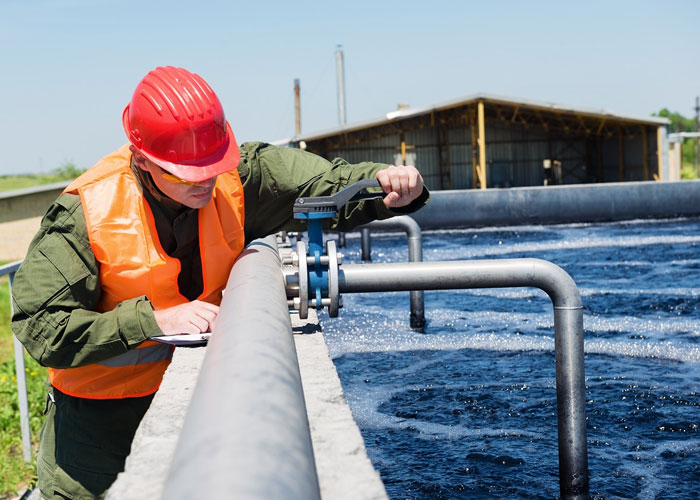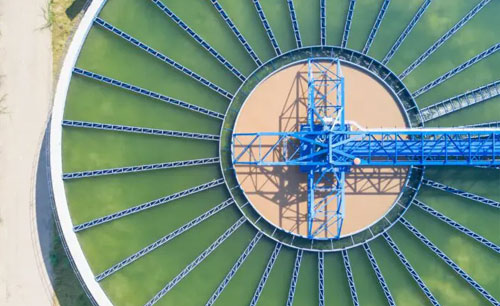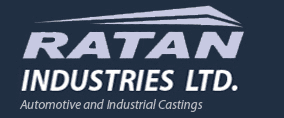There are several factors to consider when it comes to clarifier maintenance. These factors include retention time, hydraulic loading, and seasonal weather trends. You should also perform routine maintenance based on the manufacturer's instructions. The following are some best practices to follow for maintaining your Clarifier. Make sure you follow these practices and have a cleaner, healthier, and longer-lasting Clarifier.
Depending on the location of your home, you might have to purchase an STP to handle your sewage. Generally, residential buildings need at least one STP to treat sewage. Many STPs are located underground, making them difficult to maintain. Moreover, you may not be able to inspect them without hiring an expert. It is better to consult a professional if you have any doubts about the process.
Retention time
In the process of maintaining a clarifier, there are two important aspects to be considered: hydraulic loading and retention time. In simple terms, retention time is required for a drop of water to flow from the inlet to the outlet. The higher the retention time, the slower the flow rate, allowing more time for solids to settle. Met-Chem hydraulic loading measures the ratio of effective surface area to flow rate.
The recommended detention time for clarifiers is two to three hours, sometimes four or five hours. However, the detention time will also depend on the type of wastewater and its conditions. For example, septic wastewater tends to settle more slowly than other wastewater because of its smaller particle size and gas bubbles on the solids. Furthermore, detention time is also affected by the temperature of the wastewater. In addition, prolonged detention time increases the density of wastewater.
Hydraulic loading
Clarifiers can also be maintained by using the correct hydraulic loading rate. This will help reduce transit time and increase solids settling. Transit time is an important parameter because long transit times increase the amount of septic wastewater entering the Clarifier. Transit time is also important because it decreases the settling rate of solids due to the presence of gas bubbles, which increase buoyancy.
Seasonal weather trends

When it comes to maintaining a Clarifier, seasonal weather trends are important to keep in mind. Many factors, such as sun exposure, air temperature and humidity, can affect the operation of your water feature. In order to prevent costly repairs or replacements, keep a close eye on the seasonal weather trends for your location.

Routine maintenance
Routine maintenance of your Clarifier will prevent expensive downtime and extend the lifespan of your equipment. This preventative maintenance involves inspecting the mechanism and painting the equipment when necessary. The small investment of time and oil will pay off in the long run by avoiding unexpected breakdowns. Routine maintenance for Clarifier is an important part of maintaining your wastewater treatment facility.
The first step in routine maintenance is to drain the condensate from the drive gears. This is important because water can damage the gears and bearings. It is best to drain the condensate at least once a week and more frequently if the area receives heavy rainfall. Make sure to keep a note of how much condensate is collecting in each drive so you can make sure to empty it when necessary.
Protective materials
In a petrochemical plant in Rayong, Thailand, a wastewater clarifier needed repairs. Over time, the existing liner and concrete substrate had begun to wear down. In addition, the tank had started leaking. A conventional repair procedure would use cement mortar to patch the damaged areas and level the concrete surface to correct the problem. This process would also provide strength and smoothness to the surface.
The customer needed a solution to provide long-term protection in an aggressive environment. A comprehensive repair plan was required, which included protective coatings.






































